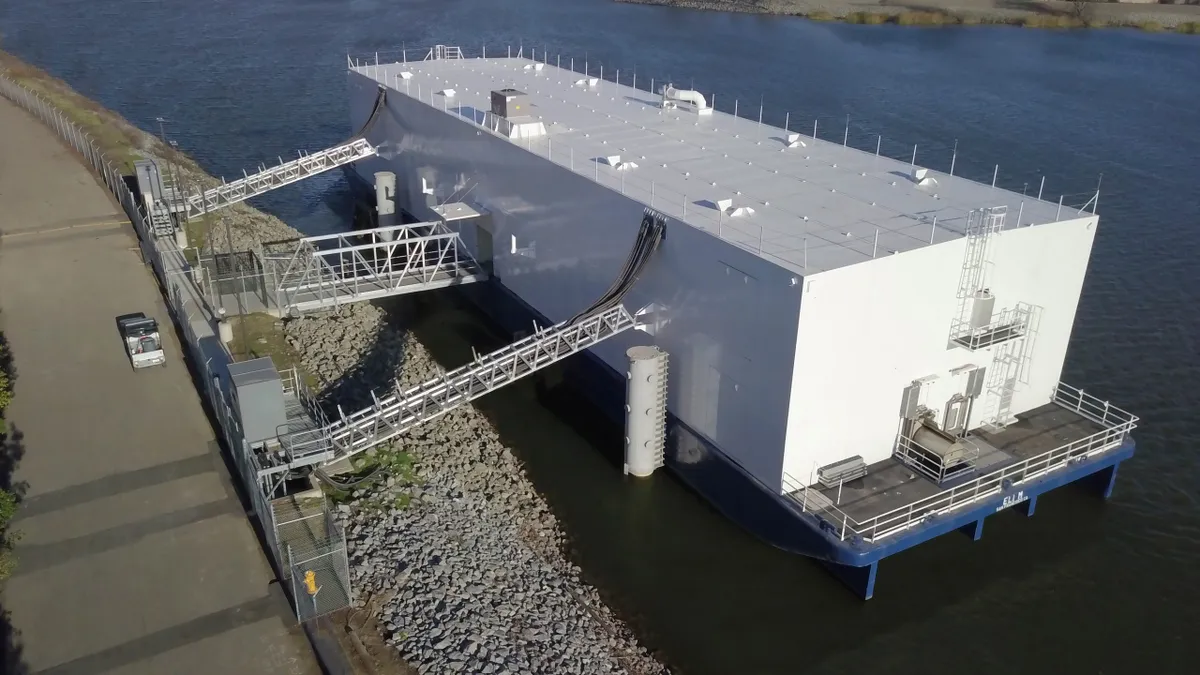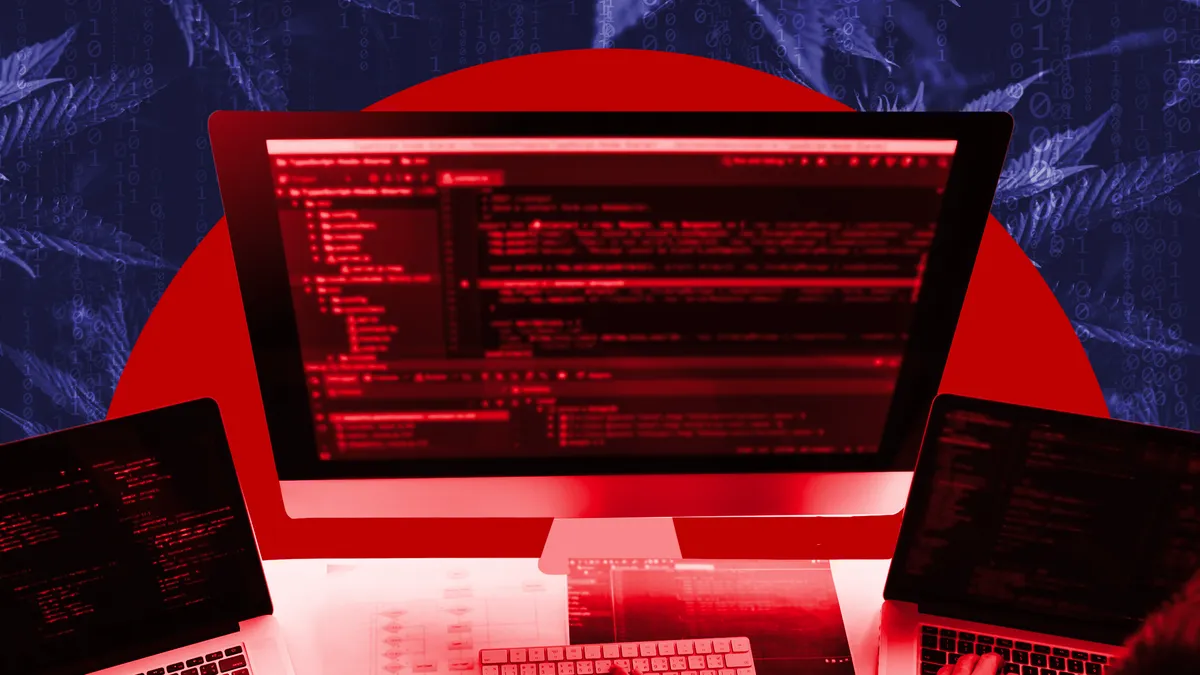Utilities looking to improve customer service and engagement are faced with a new problem: Those solutions mean integrated online offerings and slick mobile interfaces. Which, given rapid tech advancements, they may not be best qualified to build.
But in many instances, purchasing or leasing the software is seen—from a ratemaking perspective—as an increase in operating and maintenance expenses. That creates a potential financial disincentive keeping utilities from investing in systems that can help them manage their demand and raise satisfaction.
“It's a trend that has become noticeable over the last few years,” said Navigant Associate Director Aida Hakirevic. “The majority favor buying over building IT solutions. We're seeing a shift away from the traditional model.”
Navigant was recently hired by Opower to research the gap between customer service needs and where utilities are struggling in their capabilities. Increasing satisfaction remains the number one service goal, but the report found utility executives had little confidence in the their ability to deliver new solutions.
Asked to rank their confidence in their utility's customer engagement abilities, fewer than a quarter of respondents were "very confident" in areas like digital transactions or proactive alerts. And the numbers decline from there, on topics like web marketing, mobile app development, and loyalty and rewards programs.
"Utility executives do not feel their current capabilities are able to deliver what they consider to be top customer engagement capabilities," the report concluded, and increasingly are turning to third-party solutions.
"Utilities are going to continue to invest in hardening their systems, but I think they know how to do that," said Opower's Neel Gulhar. "On the customer side, I think there is a big gap. They know that the business model is changing and they have to engage their customers for a number of reasons."
New York and Illinois move towards capitalizing SaaS
New York's Reforming the Energy Vision proceeding is being closely watched as the state looks to revamp utility business models in a way that embrace distributed resources. And regulators at the New York Public Service Commission last week issued a landmark order that aims to change how utilities profit.
Among the changes, New York utilities will now be able to profit from their traditional cost-of-service investments, earnings from market-based platform activities and performance measures, as well as the deferment of capital investments. And that change includes capitalizing cloud-based software.
"Rather than developing their own software, many businesses find it more efficient to enter contracts to lease software services over extended periods, typically three to five years," the PSC determined. "To the extent that these leases are prepaid, the unamortized balance of the prepayment can be included in rate base and earn a return. As utilities evaluate whether to purchase or lease these applications, their ability to earn a return on a portion of the lease investment should help to eliminate any capital bias that could affect that decision."
Opower President and Co-founder Alex Laskey said his company has been working with utilities in the state for six years, and in a statement called the decision "among the most impactful moves yet made towards the goal of transforming the utility industry."
In Illinois, regulators are considering a similar change. The next round of comments are due to the state's Commerce Commission this Friday, as it looks at the regulatory accounting treatment of cloud services and "discerning whether there are additional regulatory barriers that hinder the adoption of cloud services."
You can find the full set of comments in that proceeding here.
Commonwealth Edison told regulators in its initial comments that while an on-premise solution generally allows installation costs to be capitalized and earn a return, "with a cloud based solution, if utilities do not meet the criteria to capitalize these costs, they will be treated as expense, and the utilities will lose the ability to earn a return on the investment."
Ameren warned the ICC that the use of cloud-based services is "typically accounted for as an 'expense' and expense as opposed to capital investment is not included in rate base. Operations and maintenance expense is typically recovered dollar for dollar subject to certain ratemaking adjustments. Thus, customers do not obtain the benefit of extended repayment over a period of time, and utilities are not afforded an opportunity to earn a return on invested capital."
"Why does it make a difference if the software is installed on a server inside of the utility's four walls, versus being hosted in the cloud? It's the same software," said Gulhar. "We don't think it makes sense for onsite software to be able to be capitalized but not cloud-based."
New rules a win for 3rd party providers and utilities
The ability to capitalize cloud-based software means larger rate base for the utility and more possible revenue for the provider. But it could also translate into higher customer satisfaction, as customer response to third-party energy management solutions has generally been positive so far.
That's a potential long-term barrier if the shine on some behavioral and analytical demand management platforms were to wear off. But in separate research released earlier this month by Navigant, the firm predicted annual global spend on data and behavioral-driven programs will grow from $214.7 million in 2015 to $2.5 billion in 2024.
"There are still not enough results from DSM programs to show how people will respond to behavioral and analytical methods over time," the report said. There are also data privacy concerns, as "consumers have a lack of confidence in the ability of companies to prevent hackers from accessing their information."
But those concerns dovetail into Navigant's other research on utility capabilities for Opower. Power providers are aware of the challenges, and increasingly look outside of their organizations for solutions.
"Overall, respondent confidence levels were relatively low across all 15 [customer experience] capabilities, with less than one in four expressing high confidence in their ability to perform any of the capabilities," the report concludes. "For most capabilities, respondent confidence level was very high for fewer than 20%."
"Utilities have started to figure out what they need to do," Gulhar said. They may fall on a spectrum from just the basics of digital transactions, all the way to the development of new revenue models, "but every utility falls somewhere in between those two points."
"You see a number of utilities now, citing customer satisfaction and lowering their operational costs in their rate cases, as a way to get a higher return on equity," he said.
"We definitely understand there are some barriers utilities are grappling with when it comes to adoption of cloud based software," said Navigant's Hakirevic. "The inability to capitalize tends to drive them away from adoption." But she added that about three quarters of respondents say they are considering cloud-based solutions. "By far, the top goal is increasing customer satisfaction."



















